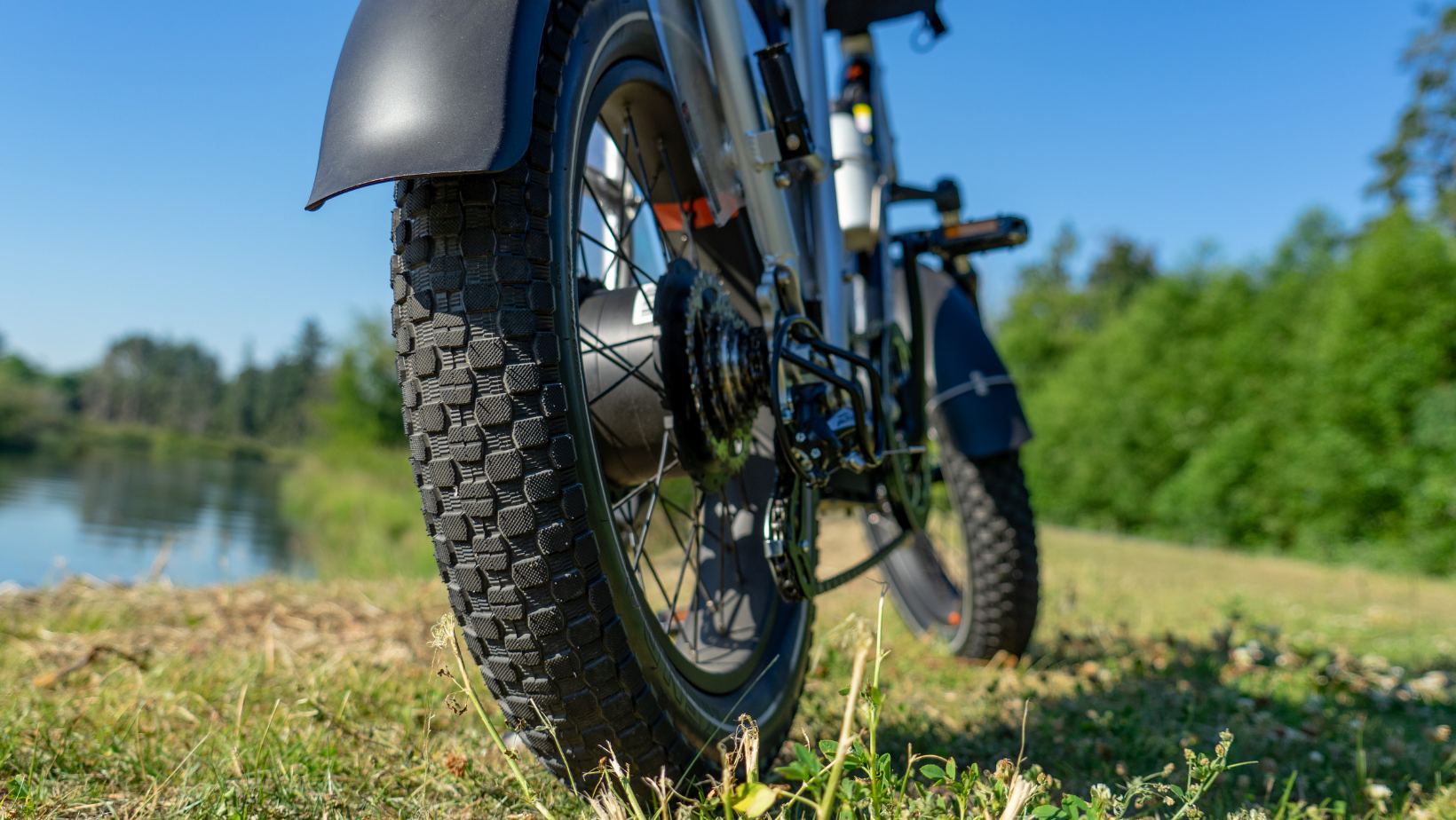Teenagers are increasingly embracing the use of e-bikes because they are easy to use, and riding them is disfranchising. These types of bicycles were also designed to be battery powered, hence enabling the rider to cover a long distance in less time with little energy exerted, and thus can be used for both recreation and transport. But before deciding on purchasing an e-bike for your teen, there are a few factors to consider with regard to safety, the laws, and more to do with the child. This guide will enable parents to get the relevant information they need to make the right decision.
Understanding E-Bike Types and Features
E-bikes are classified depending on the amount of help they offer in pedaling; there are three main classes:
Class 1: It only supports while cycling and ceases to offer torque at 20 mph.
Class 2: The motor, which has a throttle, is capable of moving the bike at a speed of twenty miles per hour without having to pedal.
Class 3: The motor helps up to 28mph, which makes it the fastest mobility aid.
For teens, Class 1 e-bikes are relatively safe since you have to pedal first to activate the motor, meaning more control. Firstly, most states limit ridership for Class 3 e-bikes because of their speeds.
Safety Considerations
Getting an e-bike for your teen should be done with their safety in mind. These bikes can be operated at higher speeds than normal bicycles, and accidents are fairly common. Make sure that your teen has enough ride time and that they can handle the additional power a larger bike possesses. In addition to standard bike safety such as signaling turns, obeying traffic rules and being visible to drivers, riders should also follow e-bike safety guidelines, including:
Protective Gear: Good-quality helmets, elbow and knee pads, and visibility lights should be purchased. Accidents conducted by the National Safety Council indicate that wearing a helmet can help minimize severe head injury by 60%.
Safety Instruction: Make sure your teen enrolls in an exclusive e-bike owner-only safety course. Several nearby bicycle stores and some community centers provide lessons on the use of inclusive e-bikes as well as road caution.
Set Guidelines: Set strict guidelines regarding times, locations, and conditions for your teen’s use of the e-bike. You should consider limiting bike operation on roadways to less congested areas until they ride reasonably.
Legal Requirements
Local and state laws differ regarding e-bikes and their use, and parents need to make sure that their teen is using a legal e-bike. For instance, Class 3 e-bikes must be at least 16 years old, and helmets are mandatory in California (California Bike Coalition).Visit your state’s page and see whether or not you are allowed to buy them before you make your purchase.
Evaluating Your Teen’s Readiness
Teenagers are not the same, and not every young person is ready for an e-bike. It is important to assess whether your child is physically, mentally, and spiritually prepared to ride a bike and whether or not they understand basic traffic signals and rules. Yes, an e-bike means freedom and learning responsibility; however, make sure that your teen is ready to accept responsibility for one more motorized vehicle. One might think about beginning training your teen on a regular bike so that they can master the basics. After the subject has shown competence in these areas, one can move onto an e-bike as the ‘next level.’
Maintenance and Costs
As with any electrical application, e-bikes incur more maintenance costs than standard bicycles. This includes charging, motor check-ups, and servicing, among other costs. Parents should consider these costs when choosing whether to buy an e-bike. It takes 2-5 years for batteries to wear, after which the repair cost is about $500-$900 (Electric Bike Report).
Also, find out what warranties are available and where the local bike repair shops that repair electric bikes are.
Conclusion
Getting your teen an e-bike will enable them to be independent, enjoy exercise, and do other activities, but this must be done safely and with consideration to the laws. This article argued that if the right class is chosen, protective gear is purchased, and the laws and maintenance are researched; it is possible to have an enjoyable time e-biking with your child.




